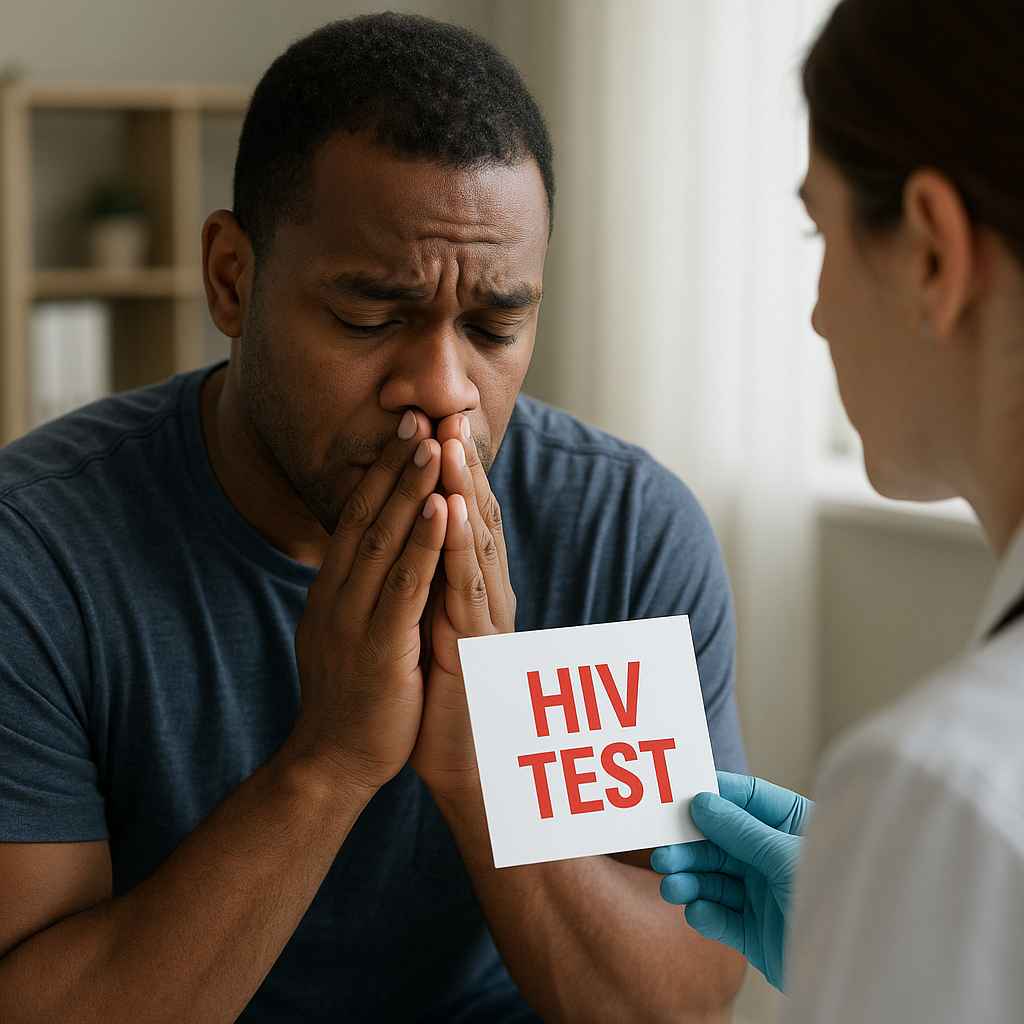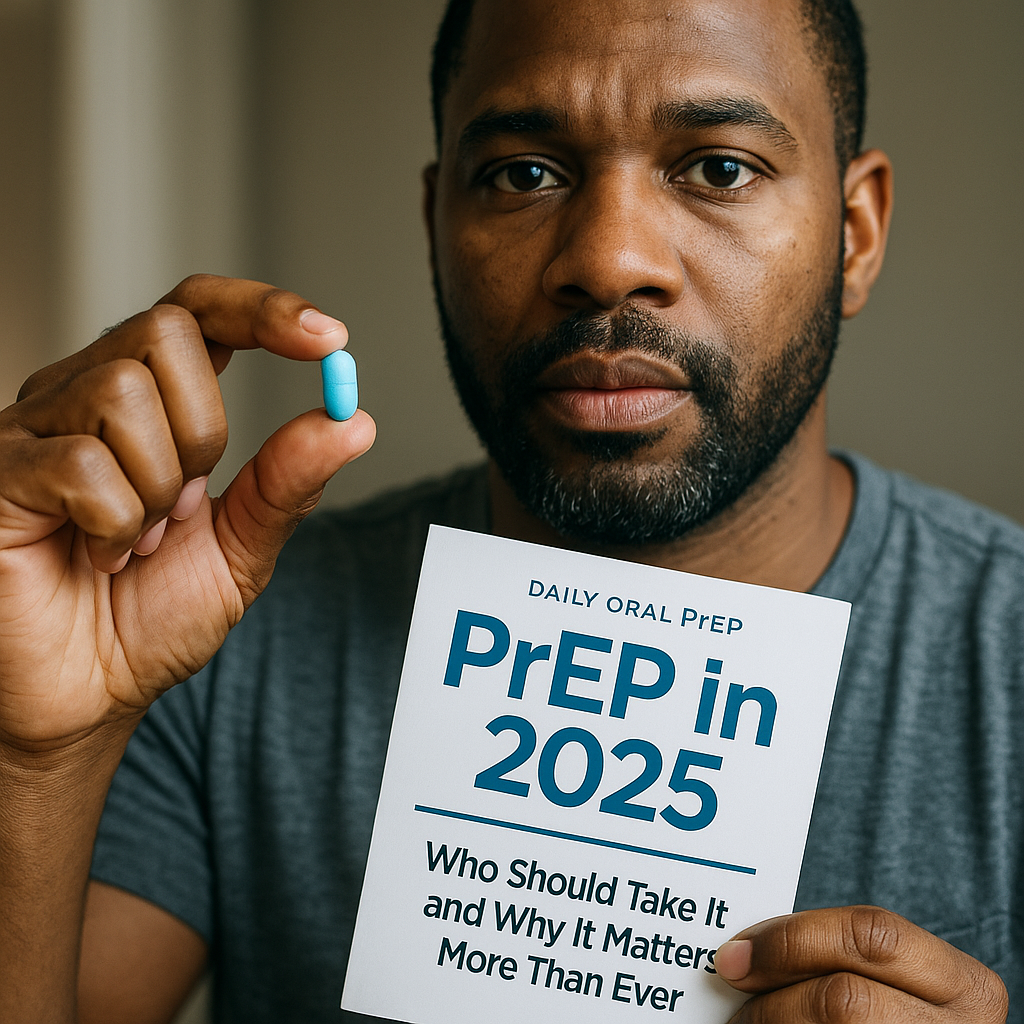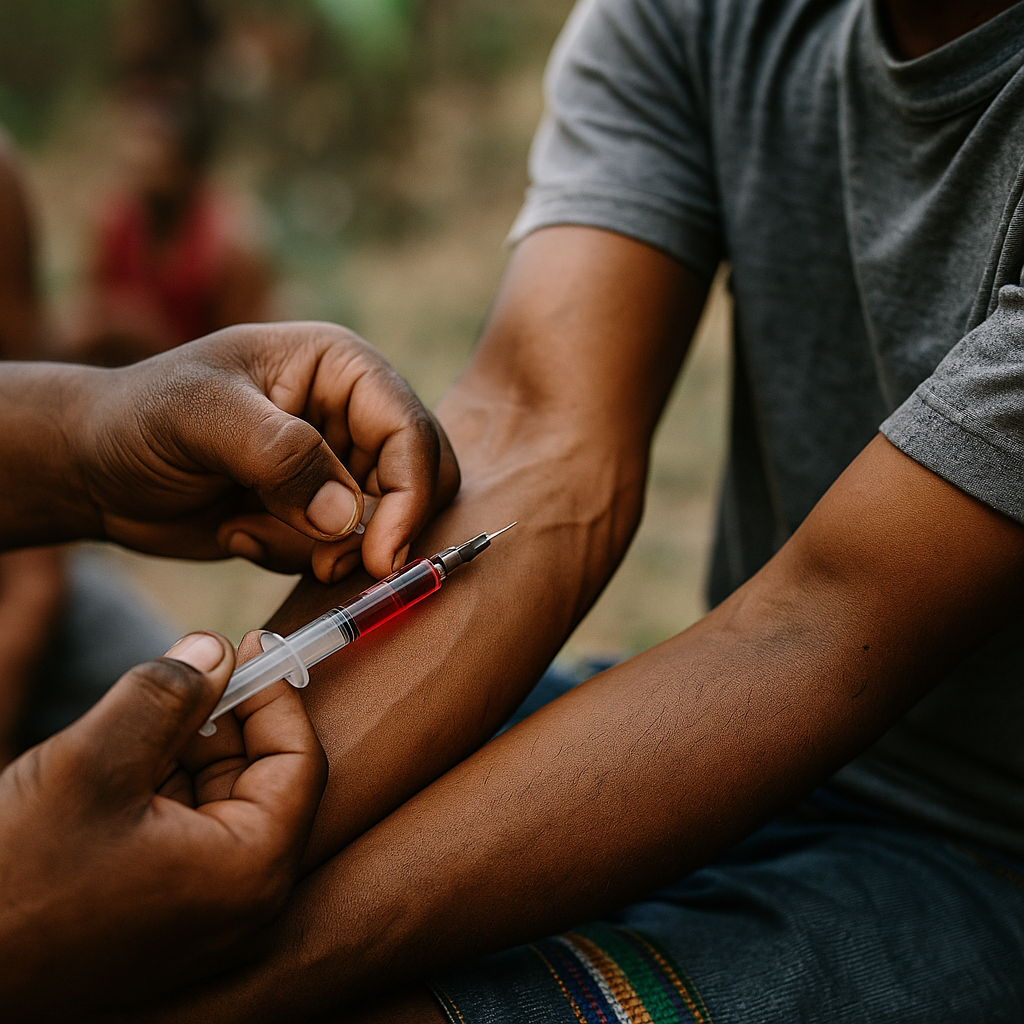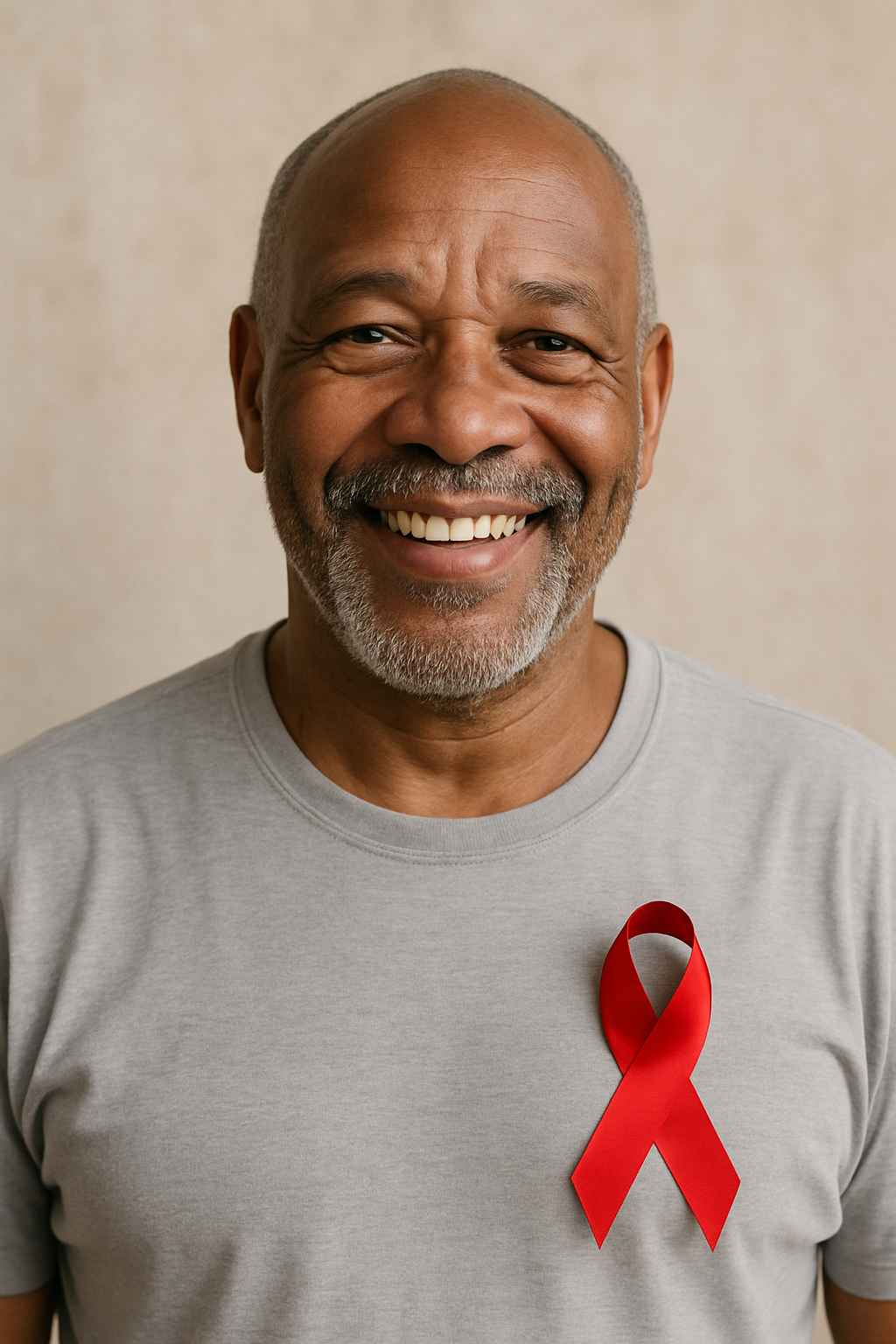Table of Contents
- Introduction: Confronting the Fear
- Why Testing Matters
- The Roots of the Fear
- Fear of a Positive Result
- Stigma and Social Judgment
- Anxiety about Privacy and Confidentiality
- Fear of the Unknown: Testing Procedures
- Consequences of Avoiding Testing
- Transforming Fear into Empowerment
- Knowledge is Power
- Normalizing Testing
- Expanding Accessible Testing Options
- Creating Supportive Environments
- Building Healthy Communication
- Step-by-Step: Easing into Testing
- What Happens After the Test
- Real-Life Success Stories
- Sustainability: Turning One Test into Lifelong Care
- Frequently Asked Questions
- Conclusion and Disclaimer
- Related Prompts
1. Introduction: Confronting the Fear
Fear of testing isn’t irrational—it’s human. Whether it’s the worry that something is wrong, fear of stigma, or uncertainty about the process, such emotions can delay diagnosis and care. This extended guide is designed to help you or someone you care about move past fear, access testing, and take control over health and well-being.
2. Why Testing Matters
- Early diagnosis saves lives. The CDC recommends routine testing for people aged 13–64 at least once, and annually for high-risk groups such as men who have sex with men, individuals with multiple partners, and people who inject drugs (WebMD, KFF).
- Approximately 13% of those living with HIV in the U.S. don’t know their status; this group accounts for about 40% of new infections (KFF).
- Linking to care early significantly improves health outcomes; studies show that starting antiretroviral therapy (ART) early reduces disease progression, morbidity, and transmission risk (NIH).
- People with an undetectable viral load can’t sexually transmit HIV—a milestone known as U=U (Undetectable = Untransmittable) (KFF).
3. The Roots of the Fear
Fear of a Positive Result
News of an HIV-positive status can feel life-altering. But thanks to modern medicine, HIV is now a manageable chronic condition when treated early (WebMD).
Stigma and Social Judgment
Stigma remains a formidable barrier. Many worry about being labeled or blamed. That worry often stems from longstanding misconceptions and outdated narratives (LetsGetChecked).
Privacy and Confidentiality Concerns
Fear of being recognized at a testing site or having information shared can discourage people. But both legal protections and advances in anonymous testing have strengthened confidentiality (DrSafeHands, KFF).
Anxiety About the Testing Process
Worries about needles, complex procedures, or long wait times are common—but nearly all HIV tests today are quick, simple, and minimally invasive (e.g., finger prick, oral swab), with many results available in under an hour (Hope Across The Globe, Centre Daily).
4. Consequences of Avoiding Testing
- Delayed care: Those who avoid testing risk late diagnosis and potential progression to AIDS. According to the CDC, one-third of HIV diagnoses occur when the disease is already advanced (CDC).
- Unintended transmission: Undiagnosed individuals may unknowingly pass HIV to others.
- Missed opportunities: Without testing, you miss access to treatment and prevention tools like PrEP.
5. Transforming Fear into Empowerment
Knowledge is Power
Learn about HIV—how it’s transmitted, tested, and treated. Understanding window periods, test types, and treatment options demystifies the process (TheBody).
Normalize Testing
Treat HIV testing as routine care—part of your health checkup. Routine frameworks reduce feelings of trepidation (STDHub).
Expand Testing Access
Options include:
- Community clinics, mobile vans, and door-to-door testing to reduce visibility concerns (Ending the HIV Epidemic NTX).
- Self-testing kits, like OraQuick, to test privately at home. Programs distributing free kits to Black and Latinx communities are underway (Them).
Build Supportive Environments
Peer-led groups, nonjudgmental healthcare providers, and trusted counselors can reduce stigma and foster deep trust (Springer).
Promote Open Communication
Discuss testing status and PRNs with partners. Resources like Planned Parenthood or private counseling can guide these conversations (Allure).
6. Step-by-Step: Easing into Testing
- Pick your setting: Clinic, mobile unit, or home kit.
- Bring someone: A friend or counselor can provide moral support.
- Ask ahead: Inquire about test type, accuracy, confidentiality, and follow-up.
- Set emotional plans: Prepare for any result—positive or negative.
- Choose follow-up steps: Know where to go for confirmation or treatment, and plan emotional support.
7. What Happens After the Test
| Result | Next Steps |
|---|---|
| Negative | – Repeat if within window period (2–3 months post last exposure). – Consider PrEP and prevention strategies. – Retest regularly if risk factors persist (KFF, CDC). |
| Positive | – Confirmatory test (e.g., PCR or Western blot). – Link to care and begin ART as soon as possible. The START study highlights benefits of early treatment (NIH, HIV.gov). – Regular monitoring, emotional support, and treatment adherence are essential. – With consistent care, U=U is achievable. |
8. Real-Life Success Stories
Community-led initiatives are tackling stigma head-on:
- In rural South Africa, trained traditional healers are offering confidential testing, leading to increased trust and screening uptake (AP News).
- In the U.S., pilot programs offer thousands of free at-home tests to marginalized groups—reducing stigma and barriers (Them).
- San Francisco’s “RAPID” model integrates fast testing with immediate treatment, aiming to eliminate transmission (TIME).
9. Sustainability: Turning One Test into Lifelong Care
- Routine testing: Regular intervals foster comfort and habit.
- Continuous education: Community campaigns and trusted messengers help normalize testing across ages, cultures, and identities.
- Policy & funding: Advocating for mobile units, home-kit subsidies, and universal insurance coverage supports access (KFF, Ending the HIV Epidemic NTX).
- Community ownership: Empowering local leaders amplifies reach and trust.
10. Frequently Asked Questions
Is testing painful or complicated?
Most options involve a quick finger prick or saliva swab—usually done in minutes.
Can I stay anonymous?
Yes. Many testing sites allow anonymous testing, and home-kit options offer privacy.
Is a negative result always accurate?
If the test is taken after the appropriate window period, results are reliable. A healthcare provider can guide retesting decisions (World HIV Day, KFF).
What if I’m nervous alone?
Bring someone you trust, or use self-testing kits at home. Many sites offer free counseling support.
Can I access testing without insurance?
Yes. Many community clinics and public health departments offer free or low-cost testing (KFF, CDC).
11. Conclusion and Disclaimer
The fear of testing is understandable—but it doesn’t have to stop you. Testing is quick, confidential, and opens doors to treatment, prevention, and peace of mind. By educating ourselves, normalizing testing, expanding access, and building supportive environments, we can overcome fear and contribute to an HIV-free future.
Disclaimer: This article was written with the assistance of AI and could contain errors.




